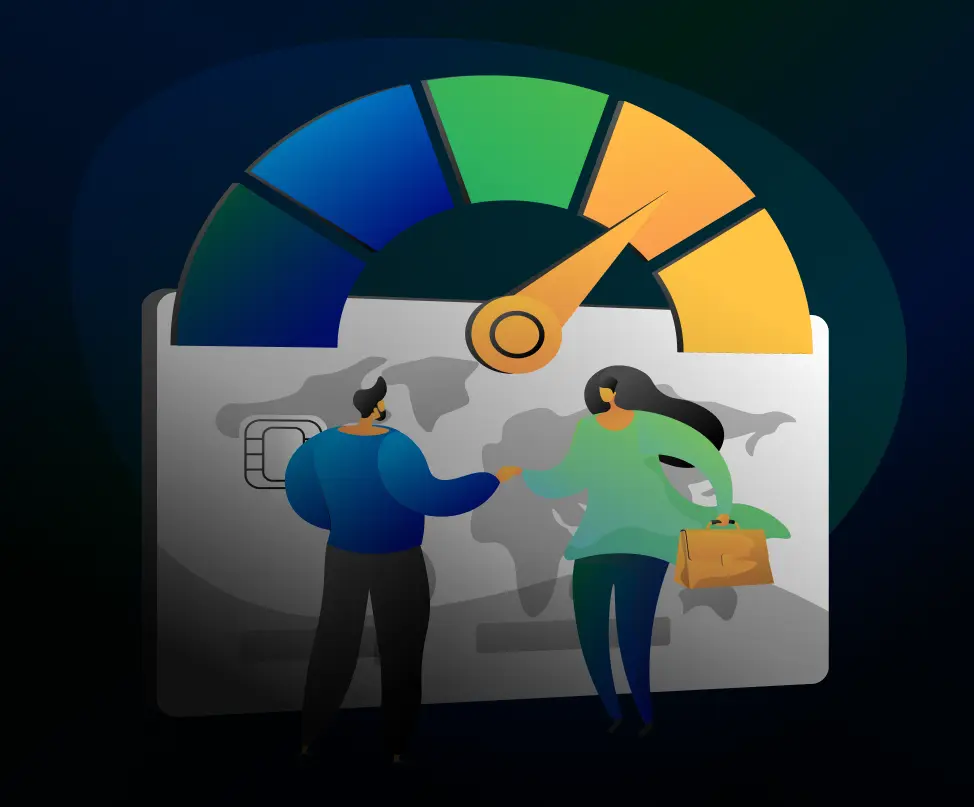Strategic Decision-Making: Business Data Acquisition in Digital Asset Trading Software
- Introduction
- The Role of Big Data In Trading
- Benefits Of Big Data Integration
- Application of Big Data in Digital Asset Trading
- Emerging Trends and Technologies
- Practical Tips for Traders
- FAQs
Introduction
Studying digital assets has become very interesting over the last couple of years. Digital assets are consistently evolving and revolutionizing the global financial system. Not only are they becoming more popular, they are transforming the way various stakeholders— investors, analysts, and traders are approaching the financial markets. This widespread adoption of digital assets can be subtly linked to the introduction of multi-asset trading platforms allowing traders to trade multiple asset classes.
As digital assets such as cryptocurrencies, tokenized securities, and other similar assets continue to gain more acceptance in the financial markets, traders and investors navigating such a quick-evolving landscape need to be fully equipped with advanced trading tools and strategies to make better decisions. One such important tool for making better-informed decisions is Big Data. The integration of big data into digital assets trading is a game changer, providing traders with advanced and sophisticated insights for better-informed and accurate decision-making
The Role of Big Data In Trading
Big data refers to the massive volume and variety of data (and collection of information) being generated at a high velocity that traditional analytics tools struggle to process. In digital assets trading, big data encompasses information on some important domains.
- Historic price movements
- On-chain transaction data
- Regulatory updates, and even
- Social media commentary and sentiments, amongst others
With the use of big data in trading, traders can now identify hidden patterns and correlations in the market, hence providing a better view of the market, generating better insights and highlighting potential opportunities. These insights can be leveraged for predictive decision-making with accuracy and even risk mitigation.
Benefits Of Big Data Integration
There are numerous benefits associated with integrating big data into digital asset trading. Some of these benefits include:
- Improved decision making: Since big data analytics involve a huge volume and variety of data, it is easier to spot hidden patterns and identify the most subtle market fluctuations. This will help generate better insights, enabling traders to make better-informed trading decisions and predict future trends.
- Improved risk management: Big data integration can help enhance risk management strategy by identifying and analyzing the potential risks associated with individual assets and strategies. This will significantly improve the risk management strategy of the trader.
- Portfolio management: With the integration of Big data into digital assets trading, big data can be used to identify potential best-performing assets while assessing the correlation between different asset holdings. This will then help with tailoring portfolios based on individual risk tolerance and investment goals.Market Access: Traditionally, traders needed extensive networks and insider knowledge to make highly lucrative trades. However, big data is democratizing market access by providing individual investors with insights that were previously reserved for only institutional investors.
Application of Big Data in Digital Asset Trading
Big data has been proven to be effectively utilized in some practical areas of big data trading. Some of the most popular application areas of big data in digital assets trading are:
- Arbitraging: Big data analytics can be effectively utilized to identify pricing differences across several exchanges and then use this information to leverage arbitrage opportunities. This arbitrage strategy will massively improve trading efficiency.
- Algorithms: One of the most important application areas of big data across several industries and sectors is the development of algorithms. Big data serves as a primary source for precise and effective algorithms. Algorithmic trading strategy uses complex algorithms that analyze big data to automate faster and data-driven trade execution based on pre-existing defined parameters.High-Frequency Trading (HFT): High-Frequency Trading technology uses big data analytics to analyze huge amounts of data in milliseconds to exploit even the tiniest inefficiencies in the market. Big data empowers HFT by detecting quick opportunities that might not be caught by traditional analysis.
Emerging Trends and Technologies
It is no news that the digital assets space is constantly growing and evolving with new technologies and trends. It is important to stay updated with future trends and technologies as a dynamic and evolving trader. Some of the most popular and exciting trends in the digital assets landscape are:
- Artificial intelligence (AI): The integration of AI into big data analytics is set to be a game changer for digital asset trading. AI can revolutionize trading by using big data to automatically generate insights, automating complex tasks. AI is even capable of using big data analysis to single-handedly make accurate trading decisions without human support.
- Machine learning (ML): Machine learning algorithms are being used with big data to conduct extensive analysis, identify trends and patterns, and even make predictions for seamless and efficient digital assets trading.Blockchain Technology: The use of blockchain technology in digital asset trading is quite prevalent in several areas. This blockchain technology provides a unique advantage— a permanent record of transactions. The collaborative use of blockchain technology and big data analytics can provide very unique insights into a series of factors such as price movements of assets and even investors’ sentiments.
Practical Tips for Traders
- Identify and understand your trading goals: As a trader, it is important to identify and define your trading goals. This understanding will assist in identifying the specific datasets that are consistent and relevant to your trading goals and strategies.
- Research: Research is very important. A trader should research and explore numerous data sources. These different data providers will offer numerous data access such as access to real-time and historical market data, on-chain transaction data, market and social media sentiments, and so on. Traders should choose providers that offer the data set that can help them achieve their defined trading strategies. Traders should also research on the most appropriate tools and platforms that can cater to their data needs bearing in mind their budgets and technical expertise.
- Learn basic data analysis: It is important to familiarize yourself with some basic but fundamental data analysis techniques that will assist you in interpreting the insights obtained from the data collected. You can then begin practising your skill by integrating small bits of insights from your data analysis into your existing trading strategies until you’re confident enough to go all in.
Soft-FX has been building solutions in the trading industry since 2005. We are ready to provide a detailed advice about the TickTrader Trading Platform and how it can satisfy the needs of your end clients.
FAQs
Q1: How can big data analytics improve trading strategies and risk management?
Big data analytics can be used to improve trading strategies in various ways such as:
- Optimizing entry and exit points: The analysis of the information obtained from big data analytics such as historical price movements can be useful as technical indicators to enter trades at the most optimal times.
- Identifying promising assets: Big data analytics can be used to analyze things like investors and social media sentiments and on-chain data. This is a means for identifying potential high-performing assets.
- Backtesting and refining trading strategies.
Big data analytics can also be utilized for risk management in the following ways:
- Automated stop-loss orders: Traders can leverage big data using real-time data to automatically adjust stop-loss orders based on market volatility.
- Measuring portfolio risk: Big data analytics can provide important information such as the correlation of different assets in a portfolio and the volatility of individual assets. This information is useful for assessing the portfolio’s risk exposure.
- Identifying news, events, and trends that have potentially significant effects on the market.
Q2: What emerging trends and technologies are driving the future of digital assets trading?
- Blockchain Technology
- Machine Learning
- Decentralized Finance (DeFi)
- Artificial Intelligence
Q3: What are the potential challenges or limitations of using big data in trading?
- High implementation cost
- Ethical considerations
- Data accessibility and quality
- Possibility of false positives.



